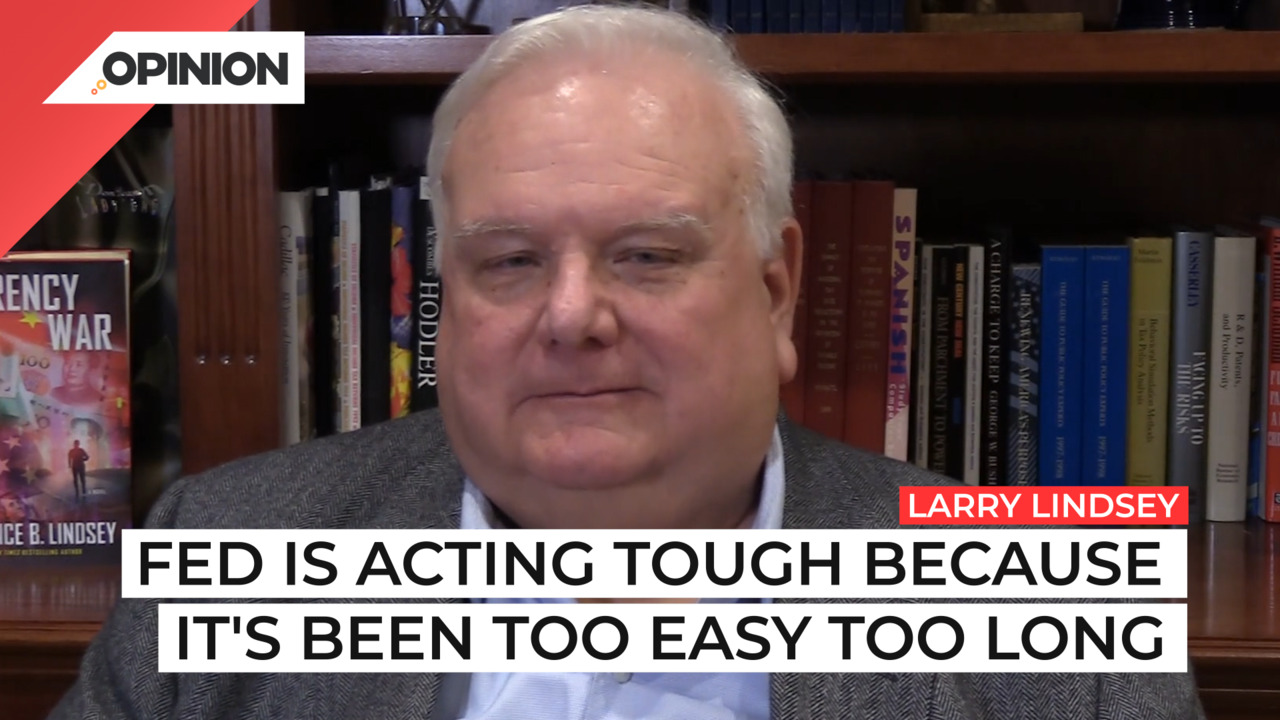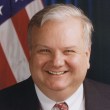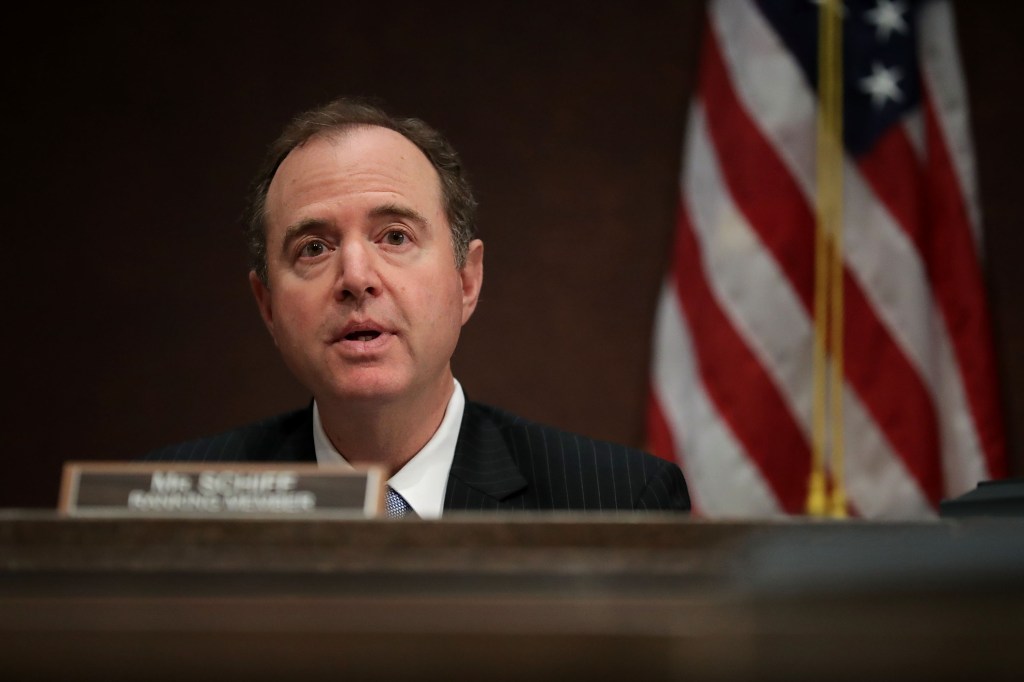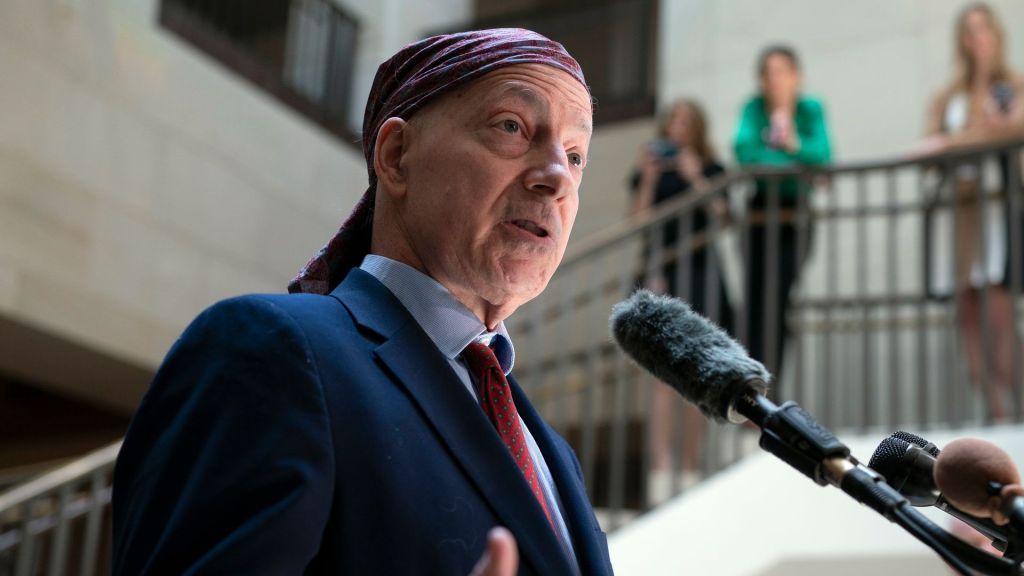
Commentary
-
Our commentary partners will help you reach your own conclusions on complex topics.
The Federal Reserve surprised markets at its last meeting. Everyone expected them to raise their interest rates by three quarters of a percentage point or what’s called 75 basis points. And they did that.
But then in their projections, they indicated they were probably going to raise rates another three quarters of a percentage point in November, and then another 50 basis points or half a percentage point in December.
That was much higher than markets expected. They had expected a gradual pause or slow down, maybe 50 in November and 25 in December. So already we’re talking about a 75, or 50 to 75 basis point higher interest rate at the end of this year than people had planned on.
Well, markets responded. We had a very bad week for equities, stock market. Bond yields soared; the yield on a 10-year US Treasury went up more than three quarters of a percentage point during the entire month.
That’s an unheard of kind of increase. We had increases of almost a fifth of a percentage point in a single day. And the foreign exchange markets went crazy. The dollar hit highs that it hadn’t seen in 20 or 30 years. What’s the problem? Well, when you have big movements in markets, it’s usually a sign there’s not a lot of money there that’s sitting on the sidelines to come in.
If it was, you wouldn’t get this big difference, we wouldn’t have to have a big difference in the price in order to find a buyer because someone would step in. They haven’t been. So this is a sign that we have a liquidity problem in our markets, and more volatility should be expected ahead.
I might also point out that when things move a whole lot, most people in the markets aren’t really gamblers. Right, they’re there to make an investment. And when things move a lot, they tend to be willing to put less money out there in the market, because they might lose it very quickly. So this tends to feed on itself and make the situation worse. We also have to keep in mind that inflation is likely to come down only very slowly.
And the reason is, is that our labor market has now incorporated the idea of inflation in it.
Wages have risen at an annual rate of about five and a quarter percent over the last year. The Georgia, the Atlanta Fed wage tracker said they’re rising at about a 6.7% rate over the last three months. This is very quick. You have to convince people that wages are going to come down before they actually do and the way you do that is first you have to overshoot and cause a recession. And the recession, companies get less demand for their goods.
When they get less demand for their goods, the first thing they’re going to do is take down those “help wanted” signs. Right now there are 11 million open jobs in America. Only after those come down will they begin layoffs. After all, I’ve been looking for workers for so long, if I’ve got one who’s functioning on the job, I’m not going to lay her off or him off until I’m really sure that I’m not going to need them.
And then it’s only when those layoffs stop that workers get nervous and start demanding lower pay increases. This is a long process. And until you get wage disinflation, because it’s the biggest component of all costs, you’re not going to get a lot of price disinflation. In the end, the Fed is acting tough. The reason they have to act tough is they missed the boat the last time.
They’ve been too easy for too long. And so they’re trying to make up for past mistakes. But toughness is about endurance and staying power. It’s not about heavy lifting at one or two meetings.
This is Larry Lindsey, Straight Arrow News.
-
Biden’s EV math just doesn’t add up
In March, the Biden administration issued a new directive requiring U.S. automakers to cut the average carbon emissions of their fleets by almost 50% before 2032. That order is one component of President Biden’s larger goal to cut total U.S. carbon emissions in half by 2030. A primary method for reaching these goals will involve…
-
President Biden just isn’t cool
For some Americans, politics is only about policy, while others prioritize core values, ideas, aspirations or beliefs. Still, for others, politics may be a reflection of culture, where voting serves as a symbolic act to proclaim cultural group identity. But for some Americans, who they vote for and support is more of a popularity contest,…
-
Federal Reserve policy should be more restrictive
The American economy is booming, with high GDP growth, record-low unemployment, and wage gains for median workers. Over the past few quarters, U.S. economic growth indicators have consistently outperformed official projections. But the U.S. Federal Reserve recently conceded that its policies might be too restrictive, hindering the full potential of the U.S. economy, which the…
-
Celebrate tight labor market, but don’t cut interest rates
While President Joe Biden has been celebrating U.S. economic success, many Americans are still unhappy about the economy. So who’s right? The most recent jobs report for February showed that while the unemployment rate rose slightly to 3.9%, job gains were higher than expected, with the total coming in at 275,000 versus the expected increase…
-
Social and economic class will define 2024 election
Following in the footsteps of FDR, Democratic support in the past hundred years has drawn largely from working-class individuals, labor unions, and civil society organizations. Republican support, conversely, tended to rely upon larger corporate donations and the support of high-income individuals. In 2024, these traditional roles are evolving, and the new reality of campaign finance…
Latest Opinions
-
 Getty Images
Getty Images
Biden uses NFL draft ad to try to connect with young voters
-
 Getty Images
Getty Images
Powering pot: Energy for US cannabis industry could electrify 13.5M homes
-
 Getty Images
Getty Images
Allies plan for Trump to have more control over interest rates
-
 Getty Images
Getty Images
FDA: Bird flu found in 1/5 commercial milk samples, suggests greater spread
-
 Reuters
Reuters
China permanently deploys warships to second overseas base
Popular Opinions
-
In addition to the facts, we believe it’s vital to hear perspectives from all sides of the political spectrum.


